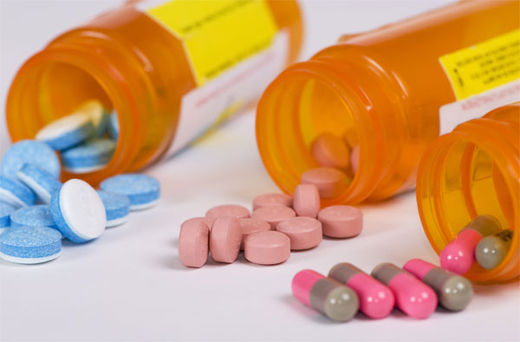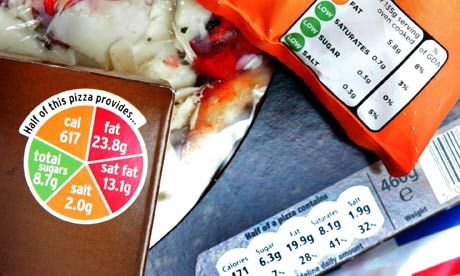
© unknown
Gage Martindale, who is 8 years old, has been taking a blood-pressure drug since he was a toddler. "I want to be healthy, and I don't want things in my heart to go wrong," he says.
And, of course, his mom is always there to check Gage's blood pressure regularly with a home monitor, and to make sure the second-grader doesn't skip a dose of his once-a-day enalapril.
These days, the medicine cabinet is truly a family affair. More than a quarter of U.S. kids and teens are taking a medication on a chronic basis, according to Medco Health Solutions Inc., the biggest U.S. pharmacy-benefit manager with around 65 million members. Nearly 7% are on two or more such drugs, based on the company's database figures for 2009.
Doctors and parents warn that prescribing medications to children can be problematic. There is limited research available about many drugs' effects in kids. And health-care providers and families need to be vigilant to assess the medicines' impact, both intended and not. Although the effects of some medications, like cholesterol-lowering statins, have been extensively researched in adults, the consequences of using such drugs for the bulk of a patient's lifespan are little understood.

Comment: For more information about the negative health effects of High Fructose Corn Syrup read the following articles:
High-Fructose Corn Syrup is Evil: 7 Key Findings
How High Fructose Corn Syrup Damages Your Body
High Fructose Corn Syrup - The Poison that Promotes Obesity and Liver Damage
Soda and Food Warning! High-fructose Corn Syrup Linked To Diabetes, New Study Suggests
High fructose corn syrup is not 'natural', says FDA